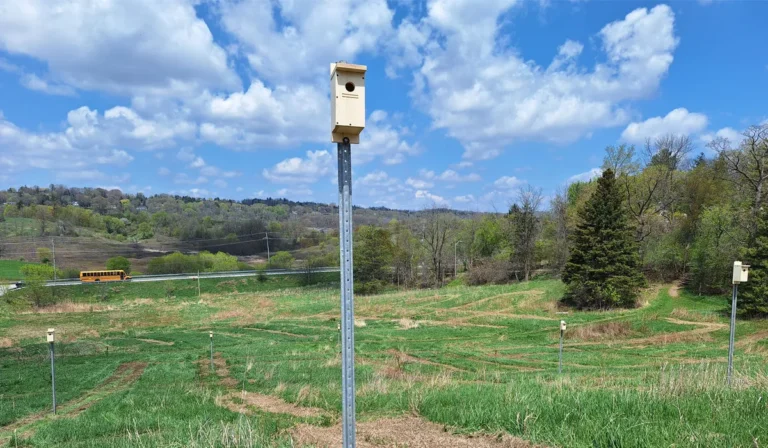Have you spotted our staff out in local creeks and streams and wondered what they are doing? Although they may look a bit like they are ghost-busting, they are actually electrofishing as part of HCA’s Aquatic Resource Monitoring Program.
What is the Aquatic Resource Monitoring Program?
It is HCA’s long-term program for monitoring aquatic health of our watershed. The data collected is also used for the Watershed Report Card, which is released every 5 years.
The program has a set of Annual sites that are visited yearly, and then another set we call Year sites. Year sites build on the Annual sites, and the breakdown allows staff to maximize the number of sites that can be visited. The three different Year sites are roughly separated based on location and include:
- Year 1 – Upper Spencer Creek
- Year 2 – Middle Spencer Creek/Dundas Valley
- Year 3 – Stoney Creek
What do they monitor and why?
What is electrofishing and why do we do it?
A backpack electrofisher is used to introduce an electrical current into the water that stuns the fish. This allows staff to capture and process the fish before releasing them safely back into the water. Staff wear waders and big long gloves to keep them protected from the electrical current.
Check it out!
The photos below were from the end of August and was the last efishing site for the summer of 2021. The site specifically was Logies Creek in Spencer Gorge and it is a Year 2 site. It should have been completed last year, but due to COVID staff played a little bit of catch up this year.
















